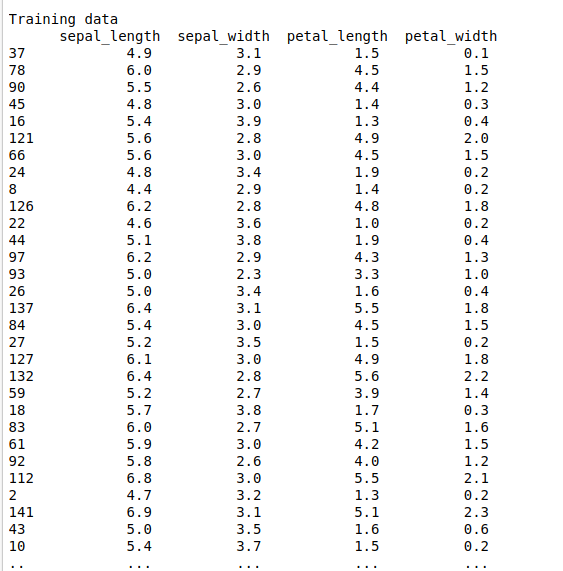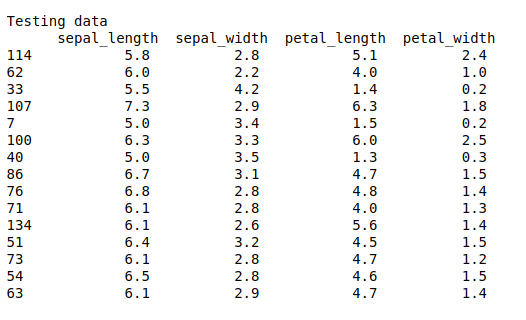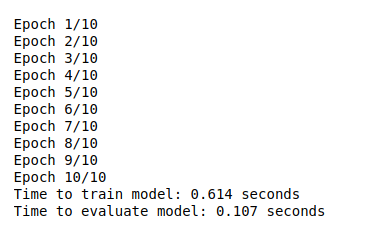To build a Deep learning model for classifying hand written digits using deep learning with keras.
MNIST data set. (keras inbuilt data set).
Classification report
Accuracy score
Confusion matrix
Load the data set from keras.
Its the inbuilt data set, has 60,000 images for training and 10,000 for testing
Build the model.
Add the layers (Input layer, hidden layer and output layer).
Fit the train data in model.
Evaluate the model using test data.
Apply the basic metrics.
Print the results.
#import necessary libraries
import warnings
warnings.filterwarnings(“ignore”)
import matplotlib.pyplot as plt
import numpy as np
%matplotlib inline
import keras
from keras.models import Sequential
from keras.layers import Dense, Activation,Flatten
from sklearn.metrics import confusion_matrix,classification_report, accuracy_score
mnist = keras.datasets.mnist
(X_train, y_train), (X_test, y_test) = mnist.load_data()
class_names = [‘0’, ‘1’, ‘2’, ‘3’, ‘4’,
‘5’, ‘6’, ‘7’, ‘8’, ‘9’]
print(“Train images\n\n”)
def plot_train(train):
plt.figure(figsize=(10,10))
for i in range(25):
plt.subplot(5,5,i+1)
plt.xticks([])
plt.yticks([])
plt.grid(False)
plt.imshow(train[i])
plt.show()
plot_train(X_train)
print(“Testing images\n\n”)
def plot_test(test):
plt.figure(figsize=(10,10))
for i in range(25):
plt.subplot(5,5,i+1)
plt.xticks([])
plt.yticks([])
plt.grid(False)
plt.imshow(test[i])
plt.show()
plot_test(X_test)
#print(X_train.shape)
#print(y_train.shape)
#Build the neural network model
model = Sequential()
#add layers to the model
model.add(Flatten(input_shape=(28, 28)))
model.add(Dense(128, activation=’sigmoid’))
model.add(Dense(50, activation=’sigmoid’))
model.add(Dense(10, activation=’sigmoid’))
#compile the model
model.compile(optimizer=’adam’,
loss=’sparse_categorical_crossentropy’,
metrics=[‘accuracy’])
#Fit the model
model.fit(X_train, y_train, epochs=15)
#Evaluate the model
test_loss, test_acc = model.evaluate(X_test, y_test)
#Predict the test results
prediction = model.predict_classes(X_test)
length = len(prediction)
y_label = np.array(y_test)
predict_label = np.array(prediction)
#confusion matrix and classification report
print(“\n”)
print(“Confusion Matrix\n”,confusion_matrix(y_label,predict_label))
print(“\n”)
print(“Classification Report\n”,classification_report(y_label,predict_label))
print(“\n”)
print(“Accuracy : “,accuracy_score(y_label,predict_label)*100)




